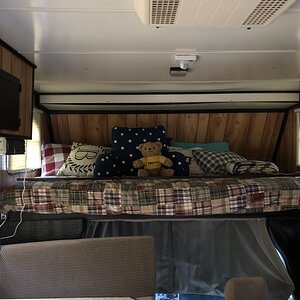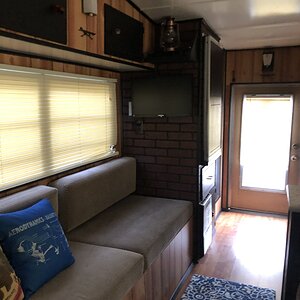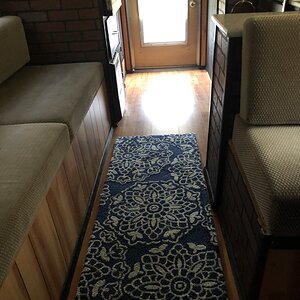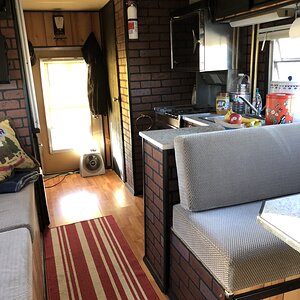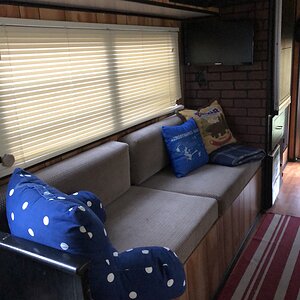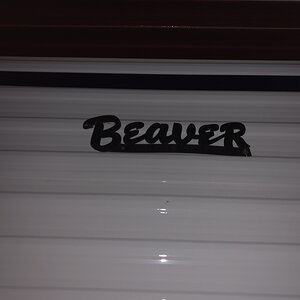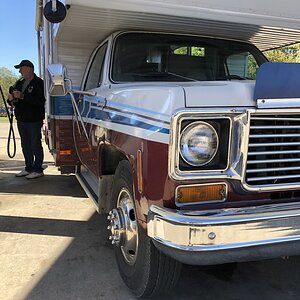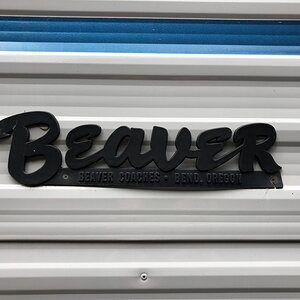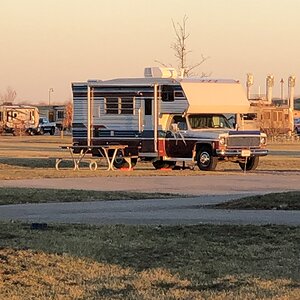- Joined
- Nov 2, 2019
- Messages
- 1,255
- Location
- Fulltiming
- RV Year
- 2022
- RV Make
- Newmar
- RV Model
- London Aire 4551
- RV Length
- 45
- TOW/TOAD
- Yukon Denali
- Fulltimer
- Yes
I know you are trying to make connections here with high altitude, but the problem in my case my coach was doing a regen when I had to come to a stop and then it tried to continue the regen, but after I had the stop, I started throwing codes. It tried to continue regen when I got up to speed and then I stopped to park at the CG in Santa Fe. The last thing you want to do is go from hot and turn the coach off. I ended up with soot getting stuck in the intake valve. If you do decide to do forced regen, you want to let the coach idle for about 10 mins so the temperature can come down before turning it off. If you shut it down while hot, you will probably throw codes.As I mentioned @ARD had hers after Angel Fire (8000+ altitude) and it happened traveling in high altitude ops from Angel Fire to Santa Fe to ABQ.
I’ve spoken with techs at both Cummins and Spartan and they do not advise doing forced regens as part of a maintenance program. What you are essentially doing is aging your DPF and engine. You are forcing more diesel to your exhaust system for why? In fact Spartan took the ability of owners from doing forced regens away because you don’t need to do it and are likely to screw things up. The fire trucks still have ability to do them and even a fire truck driver admitted they caused more problems than necessary.
So that’s my two cents. I’m in the camp of letting your coach do its job and it will regen when necessary. To have a tool on hand for just in case is always nice and initially I was going to purchase one; however, I’ve had an issue once in 5 years so I think I’ll pass for now.



